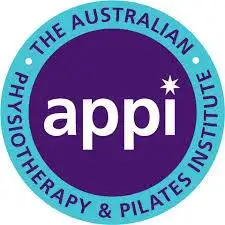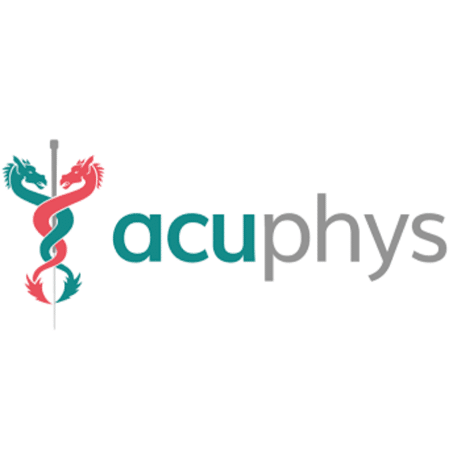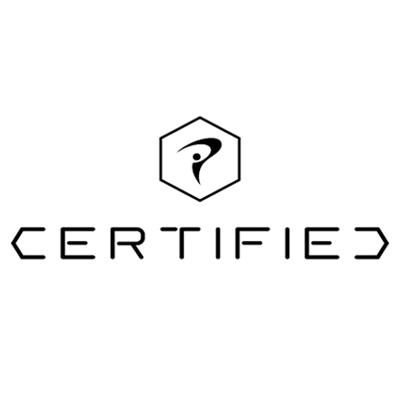Low Back Pain
What is it?
Low back pain (LBP) refers to pain that is experienced either at the lower part of your back and/or radiates into your buttock and down the leg.
It affects a third of the UK population every year and is the leading cause of time off work. Left untreated, LBP back can be extremely painful and debilitating.
How it might show up in your life?
You struggle to bend, lift or even carry light objects
Housework often flares your pain and is a real chore
Painful to put your socks and shoes on
Painful looking after and playing with your kids/grandkids.
Prolonged sitting or driving is painful
You need to lie down to relieve pain
You are always reaching for the next painkiller
Where you might feel pain?
Centrally in the back or to one side
Into the buttock and/or down the leg
On the bony point of the pelvis to one side
How it might feel?
Constant or Intermittent pain (comes and goes)
Spasm
Dull or aching
Sharp, shooting, stabbing or burning pain
Why do I get Low Back Pain?
LBP has many causes and, interestingly, the research tells us that most people struggle to recall how their pain first came on.
This is because most episodes of LBP are due to the build-up of pressures that are placed on the structures of the back (muscles, ligaments, joints, discs and nerves) over a prolonged period of time. Think about sitting all day.
The body is incredibly resilient and will deal with the demands we place on it for long periods of time (months and years) until eventually it has had enough and sends us a message (PAIN) telling us to do something about it.
Postural related back pain is a great example of this. Typically, due to the way society and technology have developed, we have become a population that does a lot of sitting, which puts the body in a position that can lead to LBP.
Consider the following example…
We wake up and sit for breakfast, then we then drive to work, where we sit at the desk for hours, before jumping in the car to drive home. We then sit down to eat, and retire to the sofa to relax before finally going to bed where we sleep in a curled up position.
As you can see, a lot of sitting! It is these prolonged postures that if we don’t do anything about, may lead to pain.
We need to remember that our bodies are designed for movement. It is how we keep our muscles, joints, bones and mind both strong and healthy.
Common Causes of Back pain:
Joints
The joints of our back are amazing and allow us both stability (think about standing upright) and mobility (bending forwards, backwards, and rotating). In order for these joints to stay healthy and function well, they need to stay hydrated with nutrients, which they get through movement and a clever mechanism of pressure and release. This helps to draw the nutrients into the joint.
When we sit for long periods, we just don’t get this, which can lead to joints becoming stiff, painful and inflamed.
Discs
We have discs that sit between each level of our spine and their role is to absorb and distribute load through the spine evenly to allow us to move efficiently. Think of them like a doughnut, only way stronger!
These discs have an inner centre that reacts in response to how we move. For example, if we bend forwards the inner centre of the disc moves backwards and then vice versa for when we bend backwards.
Over time, if we sustain postures such as sitting, the inner centre can begin to press on or break through the back wall of the disc, causing pain, inflammation and pressure on the nerve. Sometimes referred to as a slipped disc. When the nerve is irritated or compressed, we can experience pain in the back and down the leg, also known as sciatica.
Lumbar Stenosis
Lumbar stenosis is a condition in which arthritis of your joints can lead to a narrowing of your spinal canal, which then causes compression and irritation of the nerves that exit your lower back and go down your leg.
Think of it this way… your nerves are like water pipes. They carry signals and messages to the muscles and skin in your pelvis and legs to tell them to move or feel certain things.
As your joints get worse with arthritis, the space where this nerve (or waterpipe) exits gets smaller. This begins to slowly put a ‘kink in the waterpipe’ (compression) and as a result you get less water through, only this time it is blood, oxygen and electrical signals. Everything you need to function well.
Stenosis is generally worsened by prolonged standing and walking and people find relief through sitting and leaning forward. They will report the ‘shopping trolley sign’, which is where they lean on the trolley to alleviate their symptoms whilst doing the shopping.
Other Causes Of Low Back Pain
Age, activity and other health factors can contribute to Degenerative Disc Disease or Osteoarthritis, Spondylosis, Osteoporosis, Spondylolisthesis, compression or stress fractures in relation to over training or traumas from incidents such as road traffic accidents. Other conditions can also refer pain into the low back area.
How do we treat Low Back Pain?
We use our 4-step system to assess and treat your back pain as outlined below. This ensures you have the best possible chance of getting better and the problem not returning in future.
1) Assess
First we listen to you and take a detailed history of your back pain. Then we assess your back, hips and lower legs using simple movement tests and screens.
We then explain your likely diagnosis and proposed treatment plan of exactly what we need to do to get you better.
2) Mobilise
Soft tissue massage and mobilisation
Joint mobilisation
Acupuncture and Dry Needling
Muscle Energy Techniques
Taping
Advice around lifestyle, posture and ergonomics.
3) Strengthen
Once pain has begun to settle and we are moving in the right direction, the emphasis shifts to helping you build the necessary strength and resilience of muscles and joints in order to get those long-lasting results. We work with you 1:1 in our dedicated rehab space and/or start you in our group PhysioFit Pilates classes.
4) Optimise
Now that you are well on your way to being pain free, we show you how to build on these results. Many of our clients choose to start our Physio Led Pilates classes which are an excellent way to stay consistent with your exercises and to keep you on track going forwards.
Note: Most people don’t need scans but if during the assessment or subsequent treatment sessions we decide your condition does need further investigation like an X-ray or MRI, we have the facilities to refer you privately if you wish. Usually, we can get this organised and have a result within 3-5 days.
How do I get started?
If you are ready to book in then you can either phone the main desk on 0191 814 9717, or use our easy online booking system by clicking here and selecting the ‘Physiotherapy Assessment/First Appointment’ option at a day and time that suits you. You will usually be offered an appointment within 48 hours.
Like to speak to someone first?
No problem, please call the main desk and if needed we can have a physio call you back to discuss your specific situation.
Testimonials
What Our Clients Say





